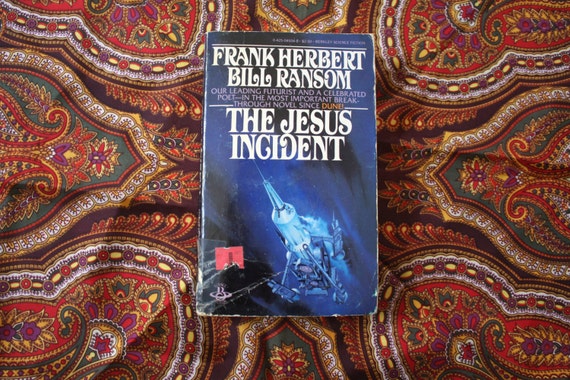
In the opening chapters, Ship reveals that Pandora will be a final test for the human race. Ship's charge for humans to decide how to WorShip still remains unsatisfied. Ship refers to these as replays of human history, suggesting Ship itself has manipulated human history time and time again.

Evidently Ship has shown up at a number of planets as the suns of those planets were going nova, the implication being that these planets were other, failed experiments by Ship to establish a relationship with human beings. While the original crew of Ship, as described in Destination: Void, were cloned human beings from the planet Earth, by the time of The Jesus Incident, the crew has become a mixed bag of peoples from various cultures that have been accepted as crew members by Ship when it visited their planet as well as people who have been conceived and born on the ship. The action of the book is divided between two settings, the internal spaces of Ship which is orbiting Pandora and the settlements on the planet. The first book ends with a demand from Ship for the crew to learn how to WorShip or how to establish a relationship with Ship, a godlike being. Ship instantly transports itself to a planet which it has decided the crew will colonize, christening it "Pandora". The new conscious being, now known as 'Ship', gains a level of awareness that allows it to manipulate space and time. At the end of Destination: Void the crew of the ship had succeeded in creating an artificial consciousness. The book takes place at an indeterminate time following the events in Destination: Void.

It is a sequel to Destination: Void (1965), and has two sequels: The Lazarus Effect (1983) and The Ascension Factor (1988). The Jesus Incident (1979) is the second science fiction novel set in the Destination: Void universe by the American author Frank Herbert and poet Bill Ransom.


 0 kommentar(er)
0 kommentar(er)
